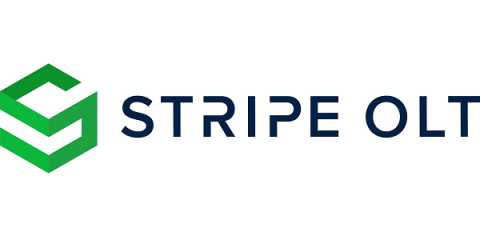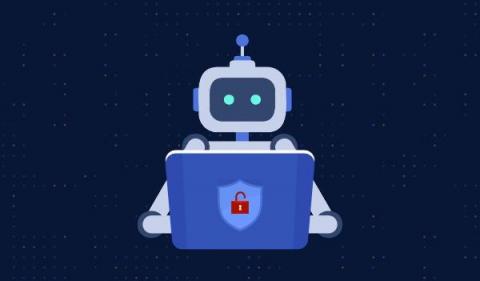Another Perspective on ChatGPT's Social Engineering Potential
We’ve had occasion to write about ChatGPT’s potential for malign use in social engineering, both in the generation of phishbait at scale and as a topical theme that can appear in lures. We continue to track concerns about the new technology as they surface in the literature.








